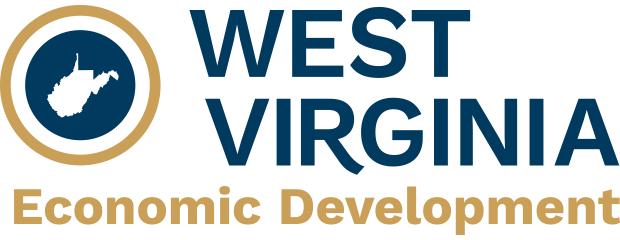Through this request, WVDED seeks information that will allow it to classify broadband availability more accurately at the address level. Existing location information on the availability of broadband from the Federal Communications Commission (FCC) or other federal sources is limited because the FCC instructs ISPs to report service in an entire census block, even if an ISP can only provide service to a small part of a census block.
The WVDED has issued this Request for Comment Regarding Unserved Areas to support the effective allocation of broadband investments to unserved addresses and to avoid duplication of previously funded projects to the extent practical. Funding for broadband is anticipated through the American Rescue Plan Act.
“Our highest priority will be to expand world-class, reliable broadband service to the areas of West Virginia that need it most. This Request for Comment Regarding Unserved Areas will help us accurately identify service locations so that any available funding can be allocated in a transparent and responsible manner to reach those areas of West Virginia with the greatest need for investment in this critical infrastructure,” explained WVDED Cabinet Secretary Mitch Carmichael.
The Request for Comment is directed to Internet Service Providers (ISPs). Regional Planning and Development Councils and Local Economic Development Authorities may also submit data.
West Virginia’s residential and business users can participate in the Request for Comment through the West Virginia Broadband Enhancement Council’s Survey and Speed Test found online here.
To support the Request for Comment, the WVDED has published a Preliminary Target Area Map at broadband.wv.gov. The map contains four address classifications:
- Unserved: Addresses not reported as served to the FCC,
- Likely Unserved: Addresses within a census block reported as served to the FCC, but that may contain some unserved addresses,
- Likely Served: Addresses in an area that is likely served, or
- Funded: Addresses in an area that is funded by a state, local or federally funded project (excluding satellite).
“Our goal is to be as inclusive as possible and to collect as much information as possible during the comment period to develop a more accurate analysis of broadband availability in West Virginia,” said Robert L. Morris, Jr., Chairman of the WV Broadband Enhancement Council.
The WVDED especially seeks data to narrow the number of addresses identified as “Likely Unserved” and “Likely Served,” to reclassify them as either “Unserved” or “Served.” After the conclusion of this request for comment, WVDED intends to publish a revised Target Area Map.
The Preliminary Target Area Map and additional details on West Virginia’s Request for Comment Regarding Unserved Areas are available at broadband.wv.gov.
###

